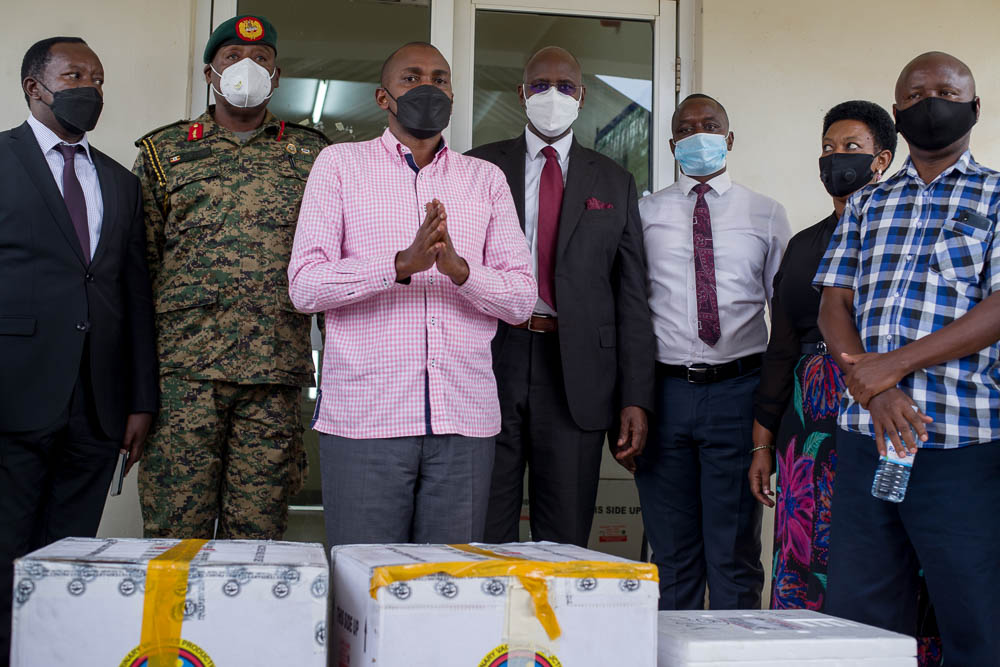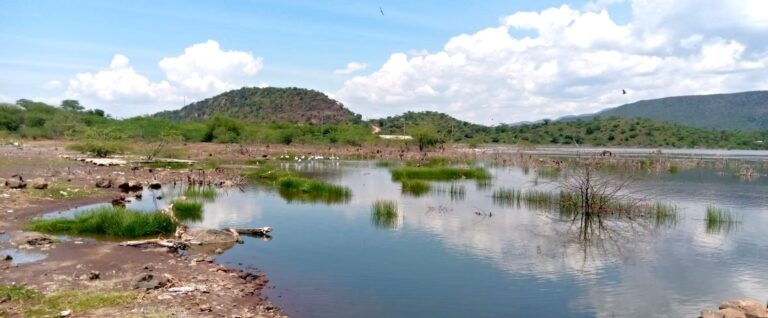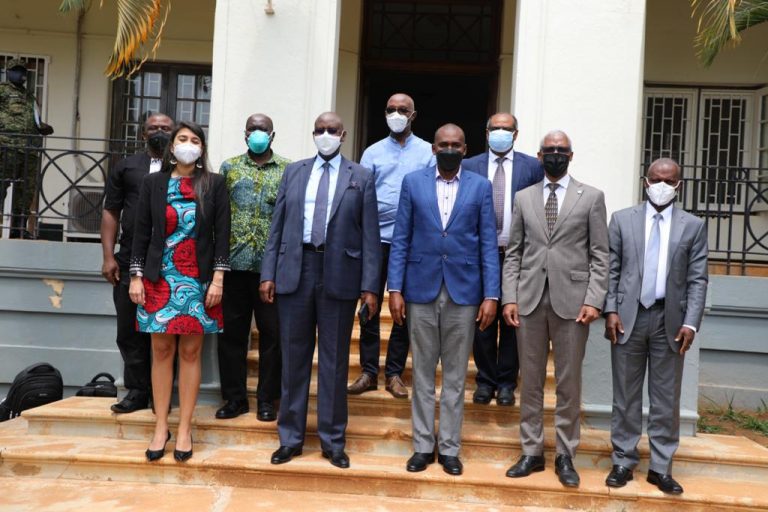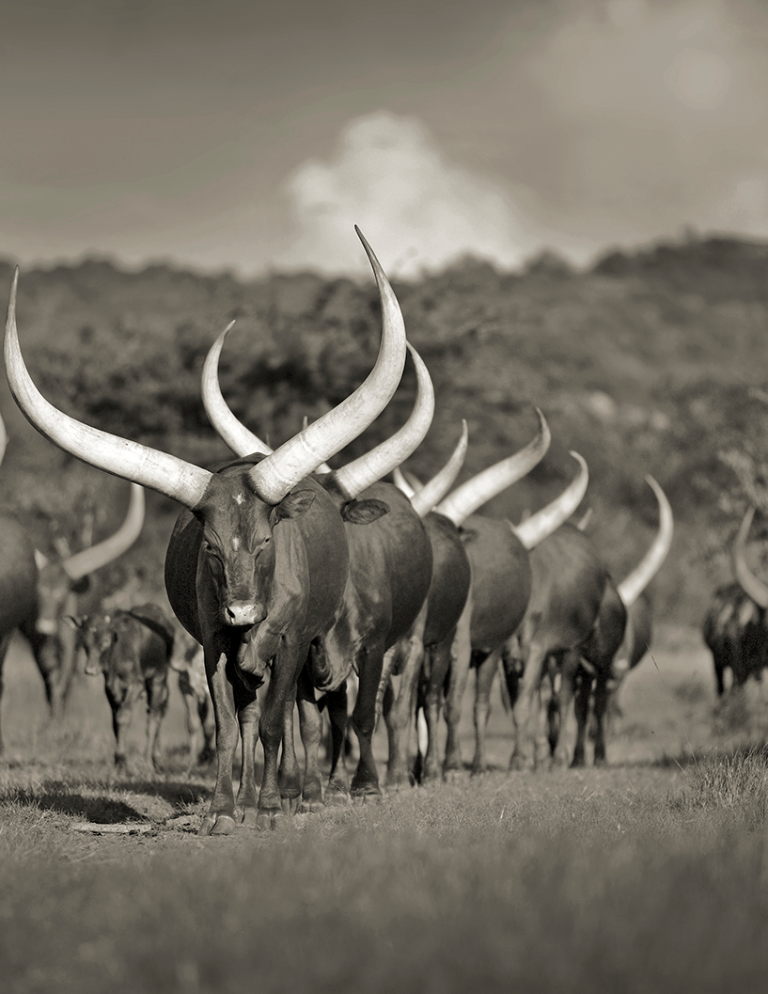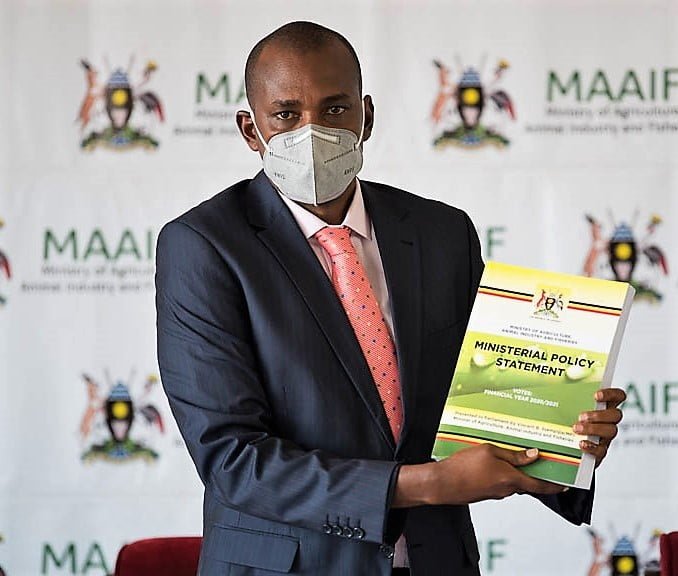Uganda Agriculture minister Hon Frank Tumwebaze has warned officials involved in the vaccination of cattle against Foot and Mouth Disease (FMD) to be open and genuine if the country is to get rid of the outbreak. FMD is a highly-infectious and fatal viral disease that affects cloven-hoofed animals, including domestic and wild bovid.
Hon Tumwebaze said this while handing over 500,000 FMD vaccine doses to District Veterinary Officers (DVOs) during a function organized at the National Animal Disease Diagnostic and Epidemiology Centre (NADDEC), Entebbe.
In attendance was State Minister for Animal Industry Hon Bright Rwamirama, MPs Shartsi Musherure (Mawogola), Wilson Kajwengye (Nyabushozi), Stephen Kangwagye (Bukanga), Jennifer Muheesi (Kazo) and Cissy Namujju (Lwengo).
Uganda Government, through the Ministry of Agriculture, Animal Industry and Fisheries (MAAIF), imported the 500,000 FMD vaccines from Kenya as part of an original consignment of 2.4 million vaccines.
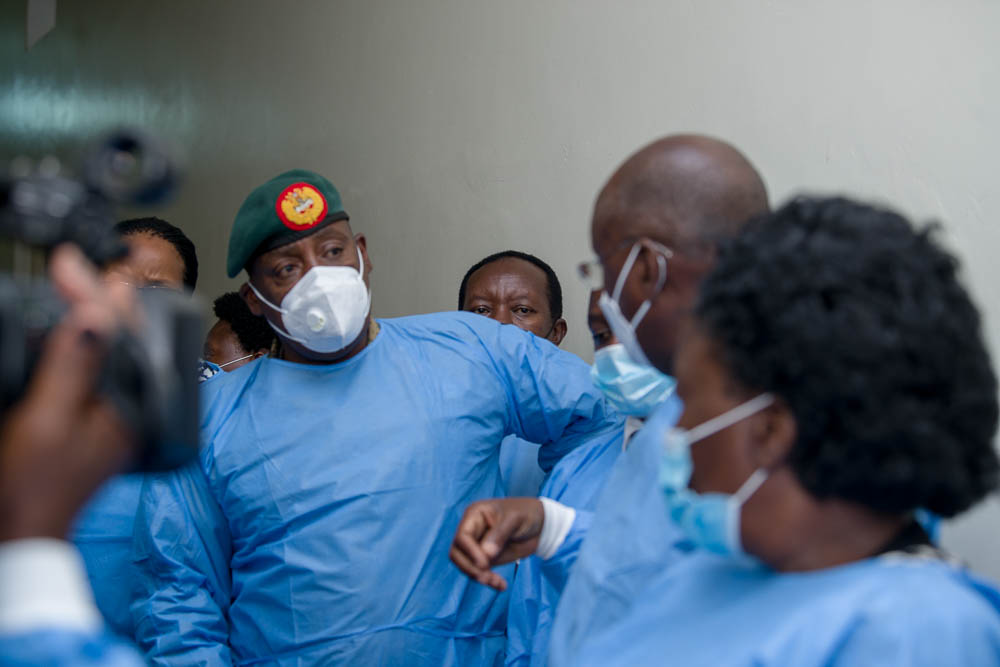
“DVOs should start with sub-counties which have been affected by identifying and vaccinating animals at hardest hit farms and those in the surroundings,” he said. “They [DVOs] should ensure there is no violation of the quarantine and shouldn’t engage in corruption like selling the vaccines to private clinics. The president has mounted a struggle against corruption.”
The Minister also announced that the government plans to procure more doses to match the scale of FMD. “We had ordered for about 2 million doses but because countries are now focused on fighting Covid-19, we couldn’t get all of them,” he said. “So, in the meantime, we are going to carry out ring vaccination as we wait for more consignments.”
Authorities in various districts found in Uganda’s cattle corridor have moved to place a total ban on the sale and movement of livestock and their products in a bid to stop the FMD. The virus causes a high fever for two to three days, followed by blisters inside the mouth and on the feet that may rupture and cause lameness. It has affected districts such as Rakai, Sembabule, Lyantonde, Kyotera, Gomba, Kiruhura and Mbarara. Others are Isingiro, Ibanda, Kamwenge, Bulambuli, Kazo, among others.
In his presentation, Hon Kangwagye said there is need to put more effort in monitoring the Uganda-Tanzania border. “People always complain that people from Bukanga in Isingiro district are the main source of this disease yet it comes from Tanzania. We need to look into that,” he said. So far, there is no practical treatment for FMD and affected animals always recover on their own. Nevertheless, because of the loss of production and the infectious state of the disease, infected animals are usually discarded. Therefore, vaccination comes in handy to reduce the spread.


